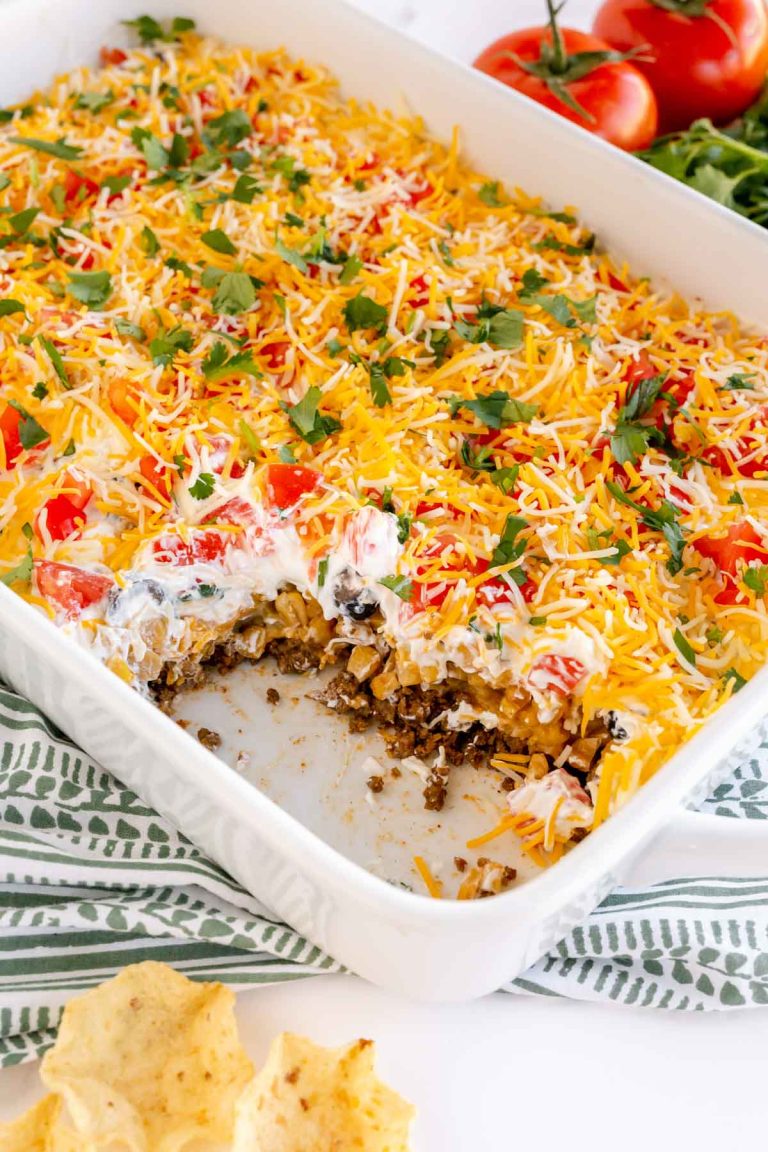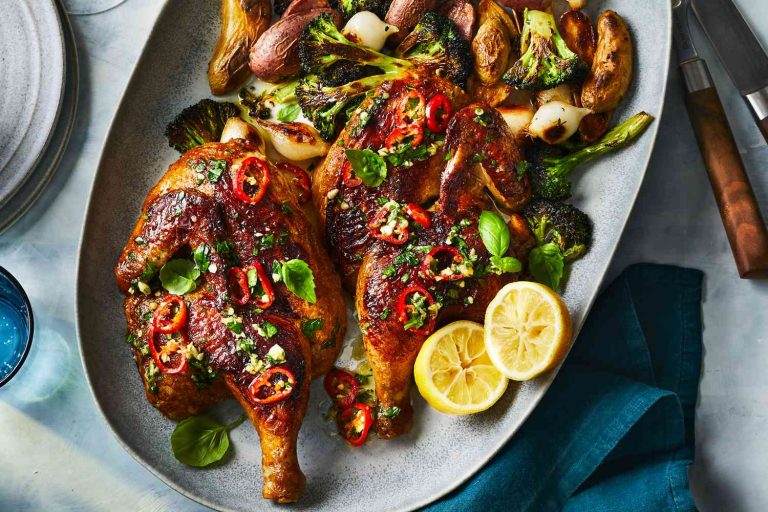Parmesan Crusted Chicken Recipe: Easy, Delicious, and Versatile for Any Cook
Parmesan crusted chicken combines Italian culinary traditions with modern cooking techniques. The use of Parmesan cheese dates back to the Middle Ages in Italy, renowned for its robust flavor and hard texture. Chicken, a versatile protein, finds its roots in various cuisines worldwide. This dish marries these elements, creating a unique blend that’s both nostalgic and contemporary. Over time, this recipe has evolved, integrating diverse ingredients and methods to suit different tastes and dietary preferences.
Popularity and Variations
The popularity of Parmesan crusted chicken stems from its simplicity and rich flavor profile. Many enjoy its crispy, golden crust paired with juicy, tender chicken. This dish has inspired numerous variations, each adding a unique twist.
- Herb Variations: Some recipes incorporate herbs like basil and oregano for added aroma and flavor.
- Cheese Blends: Incorporations of other cheeses like mozzarella or cheddar enhance the crust’s flavor.
- Gluten-Free: Substituting regular breadcrumbs with gluten-free alternatives caters to dietary restrictions.
- Spice Infusions: Adding spices like paprika or cayenne pepper offers a spicy kick.
Restaurants nationwide have adopted Parmesan crusted chicken, often serving it with sides like mashed potatoes, steamed vegetables, or pasta, further driving its popularity.
Key Ingredients for Parmesan Crusted Chicken
Selecting the Right Parmesan
Choosing the right Parmesan enhances the flavor of your crusted chicken. Use authentic Parmigiano-Reggiano, aged at least 24 months, for its nutty and complex taste. Avoid pre-grated Parmesan, as it lacks the rich flavor profile. Grate the cheese yourself to maintain its freshness and texture. If tighter on budget or availability, Pecorino Romano can substitute but offers a sharper taste.
Choosing the Chicken
Pick boneless, skinless chicken breasts for best results. Opt for organic or free-range chicken to ensure quality and flavor. Pound the chicken breasts to an even thickness, around 0.5 inches, for uniform cooking. Thinner cuts will cook faster and prevent the crust from burning. If you prefer dark meat, boneless chicken thighs can be used but require slightly longer cooking time. Always ensure the chicken is fresh and properly trimmed before preparation.
Step-by-Step Cooking Guide
Preparing the Chicken
Start by selecting boneless, skinless chicken breasts. Pound the chicken to an even thickness using a meat mallet. This ensures uniform cooking. Once pounded, season the chicken with salt and pepper. Let the chicken rest while you prepare the crust mixture.
Crusting and Cooking Techniques
Mix grated Parmesan cheese with seasoned breadcrumbs in a shallow dish. Whisk eggs in another dish. First, dip each chicken breast into the egg mixture, ensuring it’s well-coated. Then, press the chicken into the Parmesan-breadcrumb mixture, covering all sides.
Heat oil in a large skillet over medium heat. Place the crusted chicken in the skillet. Cook for 4-5 minutes on each side, or until golden brown and crispy. For an even crispier texture, preheat your oven to 375°F and transfer the skillet to the oven. Bake for an additional 10-15 minutes until the chicken reaches an internal temperature of 165°F.
Avoid overcrowding the pan to ensure each piece cooks perfectly. Let the chicken rest for a few minutes before serving to retain its juices.
Serving Suggestions
Accompaniments and Side Dishes
Pair Parmesan crusted chicken with complementary sides to enhance your meal. Mashed potatoes offer a creamy texture that balances the crispy chicken. For a healthier option, roasted vegetables like asparagus, broccoli, and Brussels sprouts work well. A fresh salad, using mixed greens and a light vinaigrette, provides a refreshing contrast.
Consider serving pasta with a light olive oil and garlic sauce for a more Italian-inspired meal. Another good option is quinoa, which can add a nutty flavor and wholesome bite. For those who prefer traditional options, rice pilaf or steamed rice are reliable choices.
| Side Dish | Description |
|---|---|
| Mashed Potatoes | Creamy and smooth, balances the crispy texture |
| Roasted Vegetables | Healthy option, adds color and nutrition |
| Fresh Salad | Refreshing contrast with mixed greens and vinaigrette |
| Pasta | Light olive oil and garlic sauce for an Italian touch |
| Quinoa | Nutty flavor, adds a wholesome bite |
| Rice Pilaf | Traditional choice, complements well |
Presentation Tips
Elevate the presentation of your Parmesan crusted chicken for a more impressive dining experience. Start by slicing the chicken breasts into even pieces, arranging them neatly on the plate. Garnish with fresh herbs, such as parsley or basil, for a pop of color.
Arrange sides around the chicken, balancing colors and shapes for visual appeal. Use a white plate to make the golden crust stand out. Drizzle a light sauce or glaze around the plate for extra flair.
Add texture with crispy elements, like fried onions or garlic chips. Lastly, serve your dish immediately to maintain the crispiness of the chicken crust.
Nutritional Information
Health Benefits
Parmesan crusted chicken offers several nutritional benefits. Chicken breast, the primary ingredient, is a lean source of protein. Each 3.5 oz serving typically provides 31 grams of protein and 165 calories. High-quality protein helps build and repair tissues. Parmesan cheese contributes valuable nutrients like calcium and phosphorus. A tablespoon of Parmesan delivers approximately 70 mg of calcium, vital for bone health. Baked preparation methods, as opposed to frying, reduce unhealthy fat content, promoting heart health. Adding herbs for seasoning without extra salt helps control sodium intake while enhancing flavor.
Considerations and Alternatives
Several key considerations must be addressed in relation to Parmesan crusted chicken. Parmesan cheese, a source of saturated fat and sodium, can contribute to cardiovascular issues if consumed excessively. One way to mitigate these risks involves using reduced-fat or part-skim Parmesan cheese, lowering overall fat content. Additionally, opting for whole-grain or gluten-free breadcrumbs makes the dish more inclusive for those with gluten intolerance. For lactose-intolerant individuals, lactose-free Parmesan alternatives are available. Finally, increasing the herb coating and minimizing cheese can offer a lighter version of this beloved dish without sacrificing taste.
Conclusion
Parmesan crusted chicken offers a versatile and flavorful option for any meal. With its rich combination of Parmesan cheese and tender chicken, it’s a favorite among cooks of all skill levels. Whether you’re serving it with mashed potatoes or roasted vegetables, this dish is sure to impress.
Beyond its taste, Parmesan crusted chicken provides a good source of protein and essential nutrients. While it’s important to be mindful of its saturated fat and sodium content, there are plenty of ways to make it healthier without compromising on flavor.
Experiment with different variations and enjoy the culinary journey this dish offers. Parmesan crusted chicken is more than just a recipe; it’s an opportunity to create a memorable meal for you and your loved ones.






